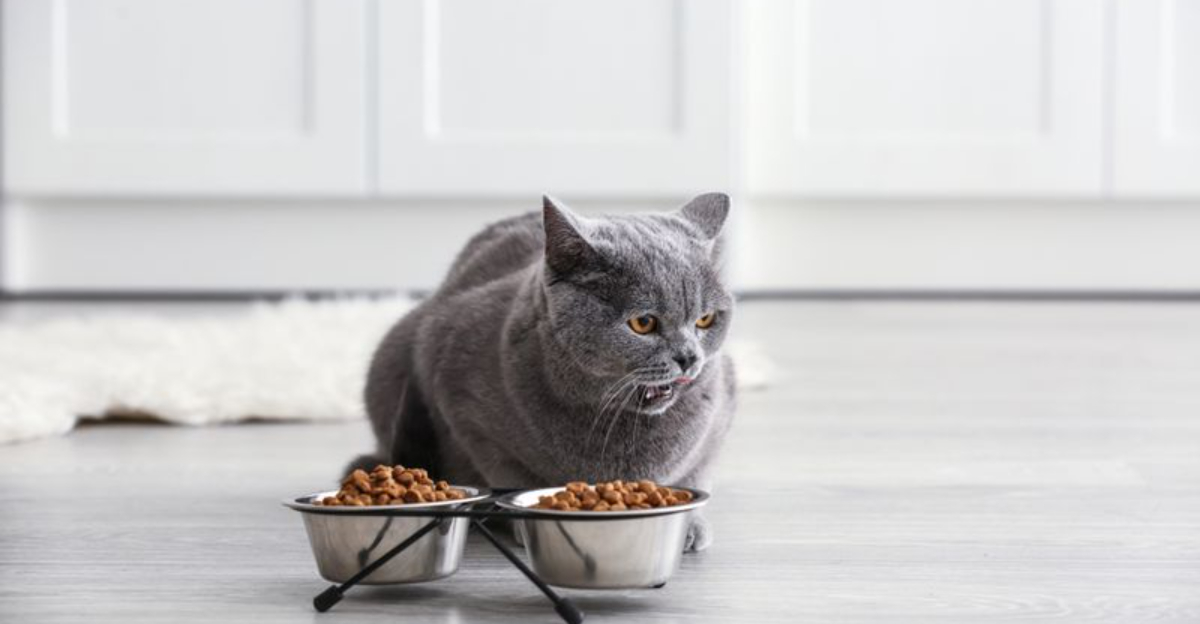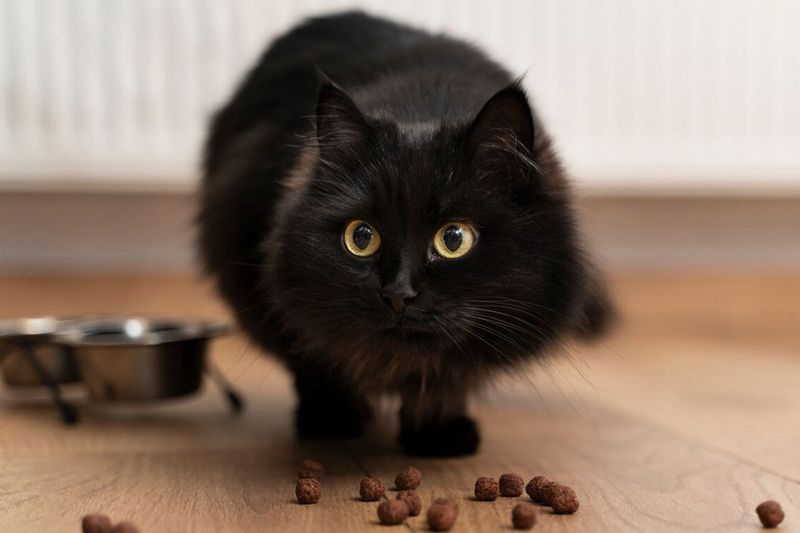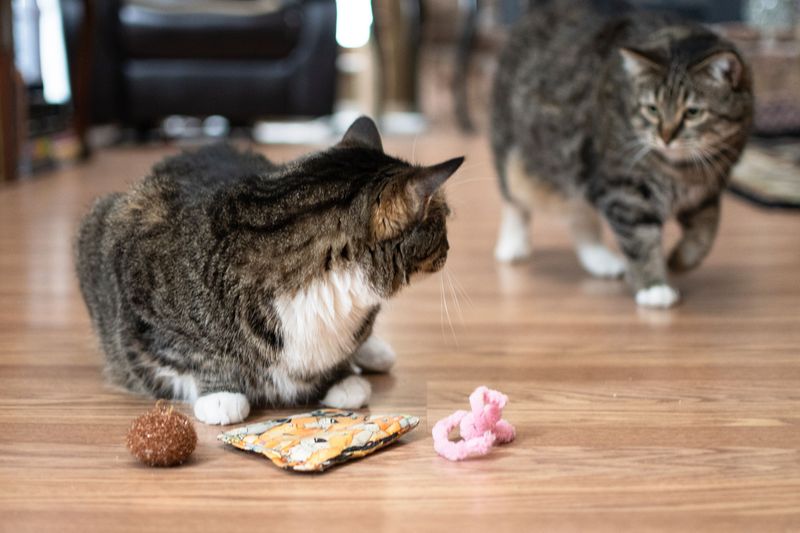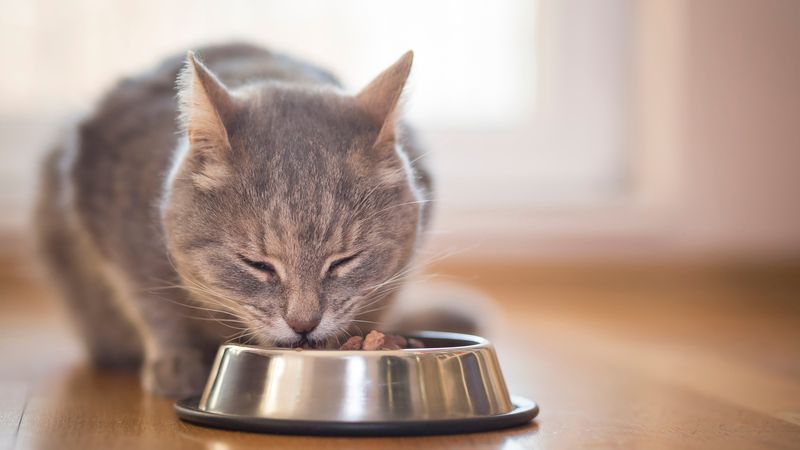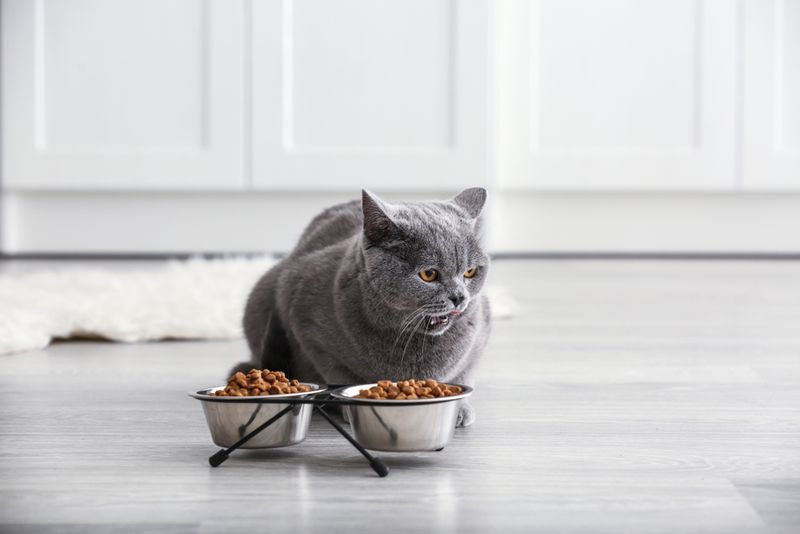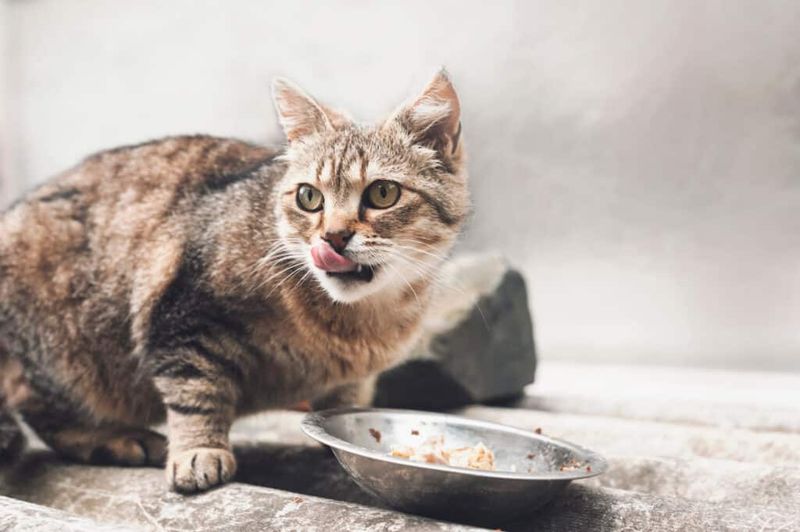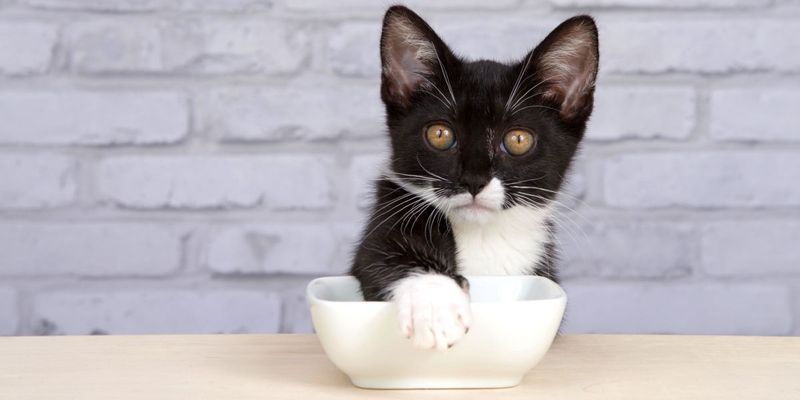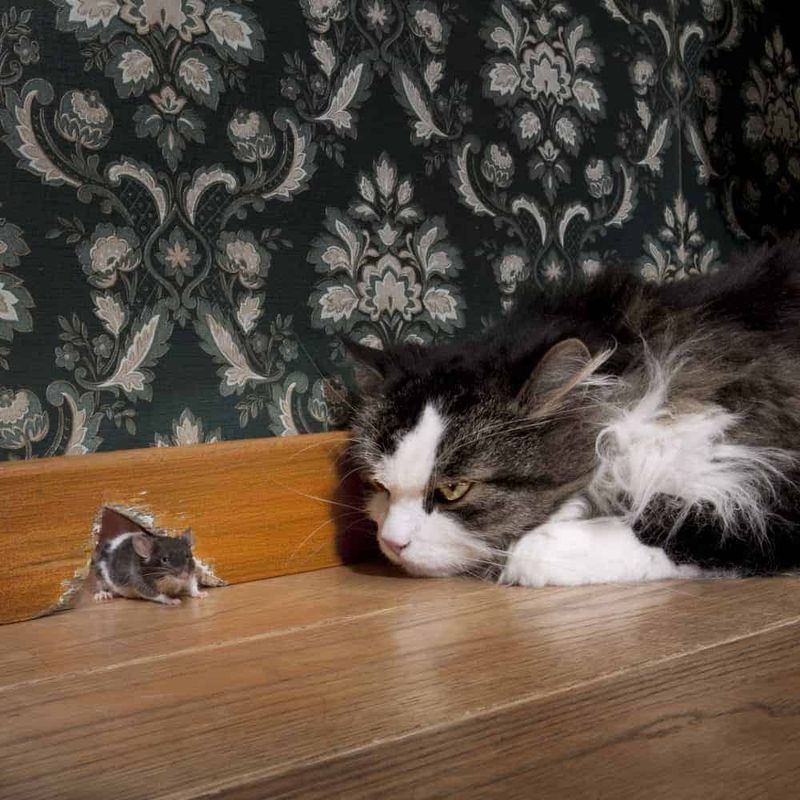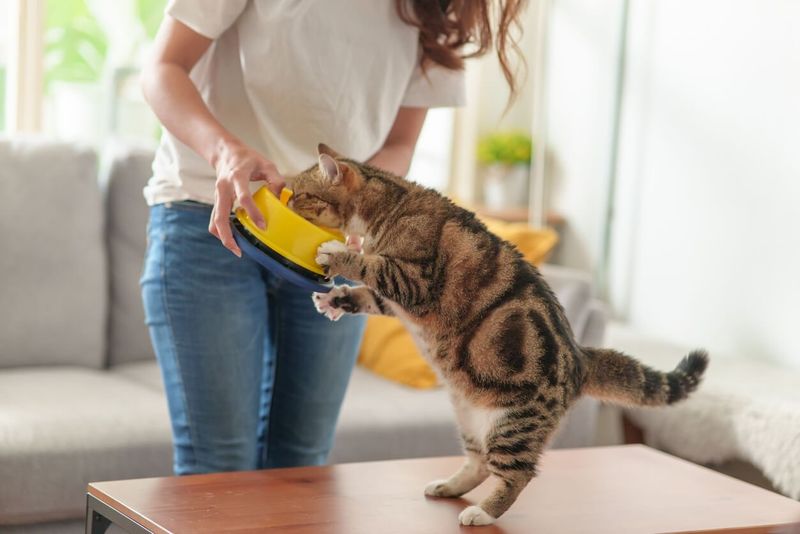📖 Table of Content:
If you’re a cat parent, you’ve likely witnessed your furry companion doing something that made you tilt your head in confusion. One of those odd yet common behaviors is when a cat grabs a piece of food from their bowl and trots off to eat it somewhere completely different — like the carpet, a favorite chair, or even right next to you. While it may seem like strange or picky behavior, there’s often more behind it than meets the eye.
Cats are creatures of instinct, and many of their quirks are rooted in deep-seated survival behaviors passed down from their wild ancestors. Even the most pampered house cat still carries the genetic blueprint of a solitary hunter — and that includes how, when, and where they eat. What looks like mealtime mischief might actually be your cat following ancient instincts or simply responding to its environment in a very feline way.
Understanding the “why” behind this behavior can help strengthen your bond with your cat and ensure they feel comfortable and secure at home. Whether it’s a sign of stress, playfulness, or pure habit, here are eight possible reasons your cat carries food away from the bowl — and what each one might mean.
1. Instinct to Protect Food
Have you ever noticed your cat dragging food away from the bowl as if it were a precious gem? This behavior is deeply rooted in their wild ancestors’ instincts. In the wild, cats often drag their prey to a private spot to eat, far from the prying eyes of other predators. Your domesticated kitty might be channeling this ancient instinct, seeking a safer or more secluded place to enjoy their “catch.” It’s a fascinating glimpse into their wild past, reminding us that despite their cozy lives, cats still carry the spirit of their ancestors within.
2. Avoiding Competition
Even in a single-cat household, your feline friend might feel the invisible pressures of competition. Past experiences or an ingrained sense of rivalry may lead them to eat away from the communal food source. This behavior is even more pronounced in multi-cat homes, where one cat might feel intimidated by another’s presence. Moving their food to a different location could be their way of enjoying a peaceful meal without the looming threat of competition. It’s a subtle dance of dominance and survival, echoing the interactions of their wild cousins.
3. Preference for Clean or Quiet Spaces
Some cats are particular about their dining ambiance, much like a discerning gourmet. If the bowl is in a high-traffic area, near a loud appliance, or next to the litter box, your cat might prefer a quieter or cleaner location to dine in peace. This behavior showcases their desire for tranquility and cleanliness when eating. Watch where your cat frequently takes their food — it might just offer clues to their preferred dining locale, away from the hustle and bustle.
4. Bowl Discomfort
Plastic or metal bowls can sometimes create unpleasant sensations, like whisker fatigue or distracting reflections. If your cat finds the bowl irritating, they may decide to remove food to avoid dealing with the discomfort altogether. This behavior highlights their sensitivity to their dining equipment. Consider experimenting with different bowl materials to see if this changes their eating habit. A simple switch could make mealtime much more enjoyable for your furry friend.
5. Territorial Behavior
Dragging food to another area may be your cat’s way of claiming it or establishing a personal space where they feel safe eating. This is especially common in new environments or among cats with strong territorial instincts. Your cat might be marking its territory in a way that makes them feel secure. Understanding this behavior can help you accommodate your cat’s need for personal space, reducing any stress they might feel in a shared environment.
6. Playful Instincts
Sometimes, your cat might just want to have a little fun with their food before eating it. Carrying it away gives them space to bat it around or inspect it before munching. This behavior is a delightful mix of mealtime and playtime, showcasing their playful side. Encouraging this play can enrich their daily routine, providing both physical and mental stimulation. It’s a reminder that for cats, eating can be as much about entertainment as nutrition.
7. Mimicking Hunting Behavior
Even with regular feedings, cats retain strong hunting instincts. Picking food out of the bowl and carrying it away might replicate the experience of catching and relocating prey. This behavior is a nod to their inner predator, a fascinating display of their natural instincts. Understanding this can enrich your appreciation for their behaviors, providing insight into the complex layers of your cat’s personality.
8. Seeking Attention or Routine
If your cat always carries food to the same spot — especially near you — they may be forming a habit or seeking your attention. It could be their version of saying, “Let’s eat together!” This behavior may signify a desire for routine or companionship during meals. Welcoming this quirk can enhance your bond, making mealtime a shared, enjoyable experience. It’s a heartwarming reminder of the social aspects of cat behavior.
